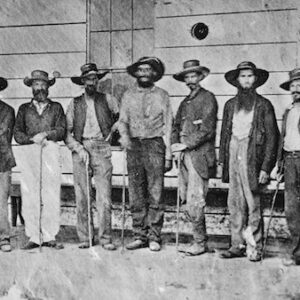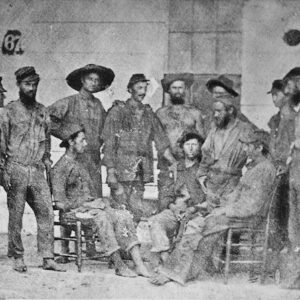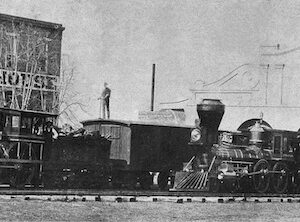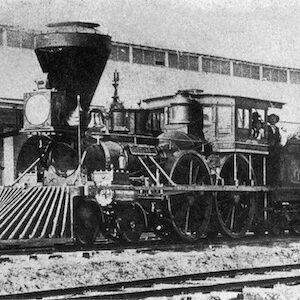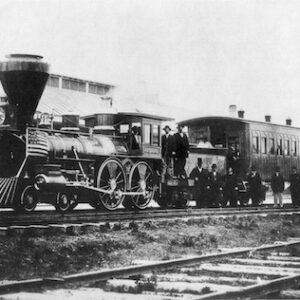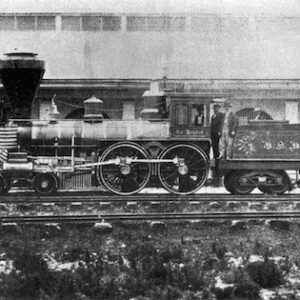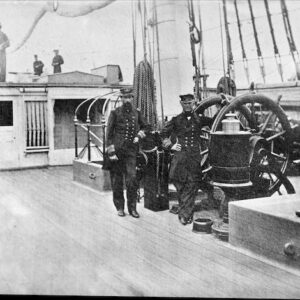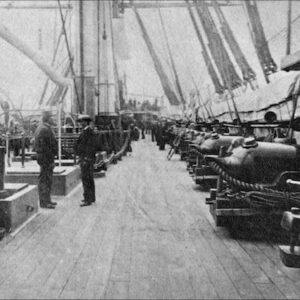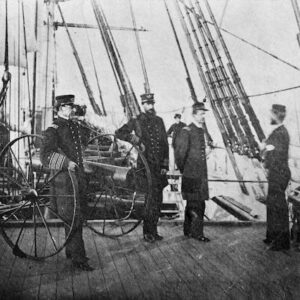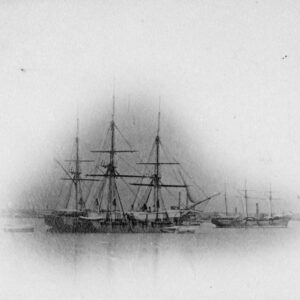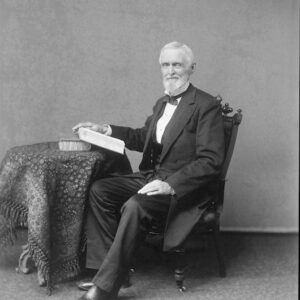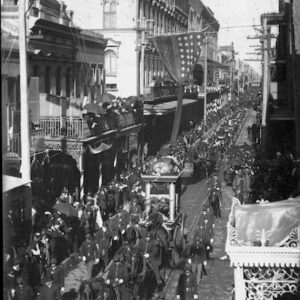Tag: New Orleans LA
Wikipedia says: New Orleans is a consolidated city-parish located along the Mississippi River in the southeastern region of the U.S. state of Louisiana. Serving as a major port, New Orleans is considered an economic and commercial hub for the broader Gulf Coast region of the United States.
New Orleans is world-renowned for its distinctive music, Creole cuisine, unique dialects, and its annual celebrations and festivals, most notably Mardi Gras. The historic heart of the city is the French Quarter, known for its French and Spanish Creole architecture and vibrant nightlife along Bourbon Street. The city has been described as the “most unique” in the United States, owing in large part to its cross-cultural and multilingual heritage. Additionally, New Orleans has increasingly been known as “Hollywood South” due to its prominent role in the film industry and in pop culture.
Founded in 1718 by French colonists, New Orleans was once the territorial capital of French Louisiana before becoming part of the United States in the Louisiana Purchase of 1803. New Orleans in 1840 was the third-most populous city in the United States, and it was the largest city in the American South from the Antebellum era until after World War II. The city has historically been very vulnerable to flooding, due to its high rainfall, low lying elevation, poor natural drainage, and proximity to multiple bodies of water.
Civil War–Reconstruction era
As the Creole elite feared, the American Civil War changed their world. In April 1862, following the city’s occupation by the Union Navy after the Battle of Forts Jackson and St. Philip, Northern forces occupied the city. Gen. Benjamin F. Butler, a respected Massachusetts lawyer serving in that state’s militia, was appointed military governor. New Orleans residents supportive of the Confederacy nicknamed him “Beast” Butler, because of an order he issued. After his troops had been assaulted and harassed in the streets by women still loyal to the Confederate cause, his order warned that such future occurrences would result in his men treating such women as those “plying their avocation in the streets”, implying that they would treat the women like prostitutes. Accounts of this spread widely. He also came to be called “Spoons” Butler because of the alleged looting that his troops did while occupying the city, during which time he himself supposedly pilfered silver flatware.
Significantly, Butler abolished French-language instruction in city schools. Statewide measures in 1864 and, after the war, 1868 further strengthened the English-only policy imposed by federal representatives. With the predominance of English speakers, that language had already become dominant in business and government. By the end of the 19th century, French usage had faded. It was also under pressure from Irish, Italian and German immigrants. However, as late as 1902 “one-fourth of the population of the city spoke French in ordinary daily intercourse, while another two-fourths was able to understand the language perfectly,” and as late as 1945, many elderly Creole women spoke no English. The last major French language newspaper, L’Abeille de la Nouvelle-Orléans (New Orleans Bee), ceased publication on December 27, 1923, after ninety-six years. According to some sources, Le Courrier de la Nouvelle Orleans continued until 1955.
As the city was captured and occupied early in the war, it was spared the destruction through warfare suffered by many other cities of the American South. The Union Army eventually extended its control north along the Mississippi River and along the coastal areas. As a result, most of the southern portion of Louisiana was originally exempted from the liberating provisions of the 1863 “Emancipation Proclamation” issued by President Abraham Lincoln. Large numbers of rural ex-slaves and some free people of color from the city volunteered for the first regiments of Black troops in the War. Led by Brigadier General Daniel Ullman (1810–1892), of the 78th Regiment of New York State Volunteers Militia, they were known as the “Corps d’Afrique.” While that name had been used by a militia before the war, that group was composed of free people of color. The new group was made up mostly of former slaves. They were supplemented in the last two years of the War by newly organized United States Colored Troops, who played an increasingly important part in the war.
Violence throughout the South, especially the Memphis Riots of 1866 followed by the New Orleans Riot in the same year, led Congress to pass the Reconstruction Act and the Fourteenth Amendment, extending the protections of full citizenship to freedmen and free people of color. Louisiana and Texas were put under the authority of the “Fifth Military District” of the United States during Reconstruction. Louisiana was readmitted to the Union in 1868. Its Constitution of 1868 granted universal male suffrage and established universal public education. Both blacks and whites were elected to local and state offices. In 1872, lieutenant governor P.B.S. Pinchback, who was of mixed race, succeeded Henry Clay Warmouth for a brief period as Republican governor of Louisiana, becoming the first governor of African descent of a U.S. state (the next African American to serve as governor of a U.S. state was Douglas Wilder, elected in Virginia in 1989). New Orleans operated a racially integrated public school system during this period.
Wartime damage to levees and cities along the Mississippi River adversely affected southern crops and trade. The federal government contributed to restoring infrastructure. The nationwide financial recession and Panic of 1873 adversely affected businesses and slowed economic recovery.
From 1868, elections in Louisiana were marked by violence, as white insurgents tried to suppress black voting and disrupt Republican Party gatherings. The disputed 1872 gubernatorial election resulted in conflicts that ran for years. The “White League”, an insurgent paramilitary group that supported the Democratic Party, was organized in 1874 and operated in the open, violently suppressing the black vote and running off Republican officeholders. In 1874, in the Battle of Liberty Place, 5,000 members of the White League fought with city police to take over the state offices for the Democratic candidate for governor, holding them for three days. By 1876, such tactics resulted in the white Democrats, the so-called Redeemers, regaining political control of the state legislature. The federal government gave up and withdrew its troops in 1877, ending Reconstruction.
Showing all 12 results
